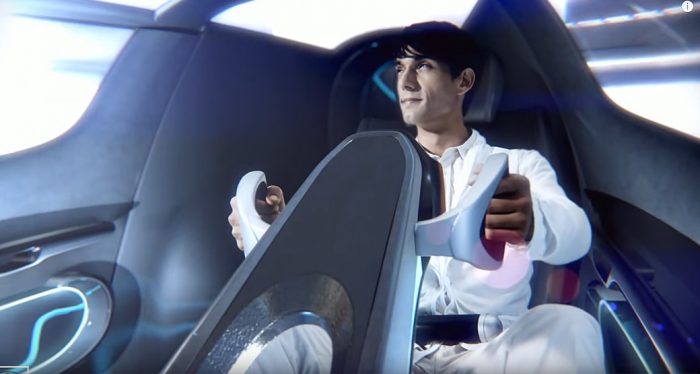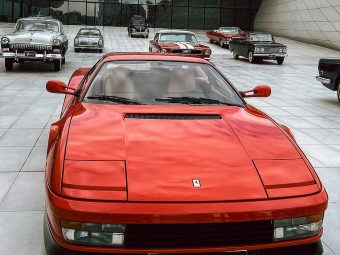The pandemic has brought about unprecedented challenges on a global scale. We’ve had to adjust our day-to-day lives, establish new norms, and get used to uncertainty. Similarly, COVID-19’s impact on financial markets and sectors is far-reaching, and the automotive industry is no exception. From production and sales to ancillary services, the virus spared no form of business. However, history has proven that tumultuous times often become catalysts for long-overdue change.
As the pandemic forces the global population to re-evaluate our needs, demand and supply are bound to shift. For example, in 1919, fully-enclosed vehicles became increasingly popular. As such, the cost of glass tripled overnight. Henry Ford negated this by revising the manufacturing process with a new type of windshield.
By 1936, auto safety glass had become the industry standard. You can read more about glass.net and Ford’s innovation on their website. However, in this article, we’ll look at how COVID-19 affects the automotive sector and the future of 4-wheeled vehicles.
Before the World Changed

The automotive industry is deeply rooted in its ways. Ironically, even before the pandemic hit, major disruptions threatened its established norms. The technological age and the need for greener solutions resulted in forward-thinking market players introducing several new ideas and innovations.
Electrification promises more energy-efficient solutions, while driverless cars are becoming less sci-fi and increasingly common. Automated factories also threaten the industry’s labor force, and ridesharing, at least pre-pandemic, was thought to drive down profits.
Now, with COVID-19 thrown into the mix, the industry faces even greater challenges.
Vehicle Supply and Demand During the Pandemic
Like other industries, international travel restrictions, lockdowns, and layoffs have all significantly affected demand. Factory closures are another reality, while production hangs in the balance of fragile supply chains.

According to Statista, vehicle demand in the North American region plummeted by 2.5 million units in 2020 compared to the previous year. Meanwhile, Europe and South America were hit hardest, with auto sales dropping by around a quarter year-on-year. China, the biggest market in terms of sales, sold 21 million units in 2019. However, by 2020, the country lost significant steam.
Not All Doom and Gloom

Despite the dismal numbers and experts predicting a return to pre-COVID levels only 2023, there’s hope on the horizon. According to an analysis by BCG, the global auto industry has shown resilience with year-on-year growth since Spring 2020. China leads the way with the newest vehicle sales, followed by Europe and the United States.
COVID-19: A Catalyst for Change?
Automotive is a mammoth industry, but it has been slow to adopt change. However, the pandemic may just force manufacturers, car dealerships, and ancillary services to rethink their business models.
Going Digital

Before the COVID-19 crisis, the auto industry lagged behind other sectors in terms of digitization. Now, it’ll have to catch up if it hopes to survive beyond COVID-19.
According to researchers, positive customer sentiment for remote purchases during the pandemic is double that of traditional models. At the height of the pandemic, one U.S. electric-vehicle (EV) company saw a 10% increase in sales. Its success is attributed to its online sales platform, home deliveries, and contactless test-drives. We’re likely to see this become the norm in the near future.
More Flexible Payment Plans
Consumers are more cautious and less certain in the current economic climate, especially when it comes to large purchases. They’re hesitant to commit to longer contracts and part with significant sums of money. As such, short-term leases are becoming a popular alternative.
Subscription-Based Features
As COVID-19 propels the world into the digital sphere, we’re likely to see an increased demand for over-the-air (OTA) subscriptions. One EV auto company had a higher turnover for OTA services like seat warming and self-driving than traditional sales. Many believe this is the future of the industry.
No Going Back

Before the world changed, the automotive industry was on the brink of major disruptions like electrification and driverless cars. However, the pandemic resulted in some significant changes. Supply and demand plummeted worldwide, but it’s not all doom and gloom. The coronavirus can be a catalyst if the industry embraces change instead of resisting it.








